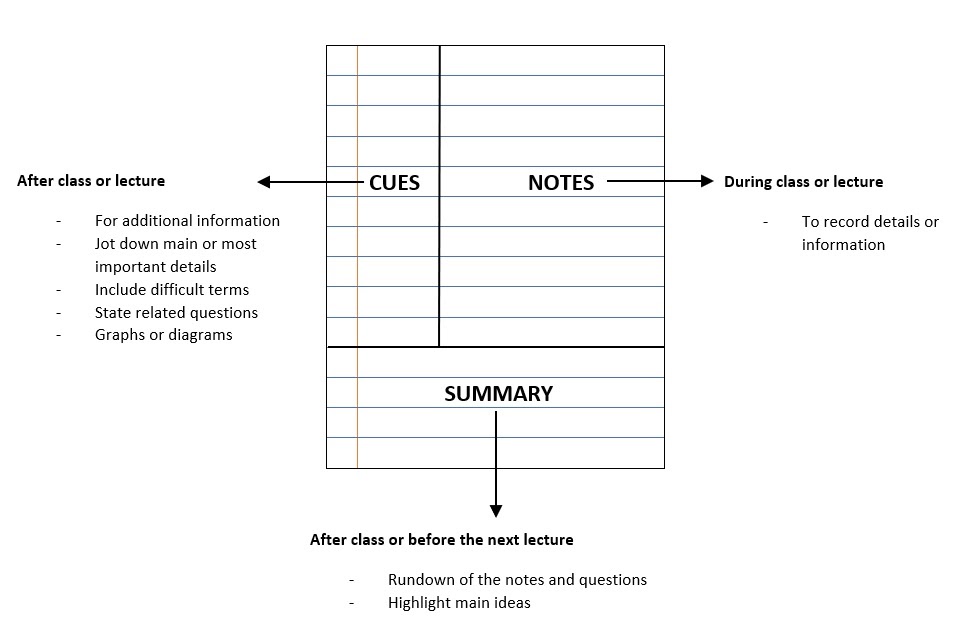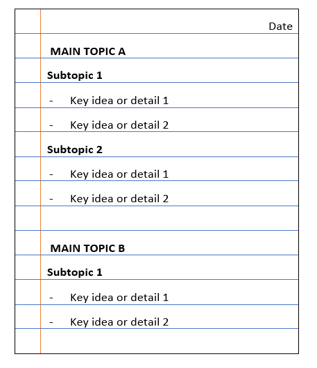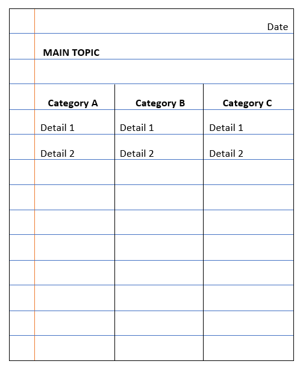Note-taking is an essential part of a student’s life. It plays an important role when studying, especially for some subjects and difficult topics. But, scattered and unorganized notes can defeat the purpose of note-taking. In this article, I will give a rundown of tips that can hone your note-taking skill.
How to improve note-taking skills? Enhancing note-taking is transformative but requires commitment. Implement strategies before, during, and after classes for remarkable progress. Despite initial challenges, improved note-taking leads to academic excellence and personal growth.
Better notes can produce better grades. Notes are useful when studying. But, improving your note-taking skill might also enhance your academic performance. Below are some tips and methods you can follow to up your note-taking skills.
Is note-taking necessary?
Surely, there is a purpose why note-taking is being taught at an early age. It is an important skill that every student must have.
It is almost impossible to memorize every piece of information during lectures. This is where note-taking comes in handy. It allows you to record significant details that you need to review. The activity also keeps your memory active. Jotting down words can improve your retention rate.
Note-taking will also help you focus more during class. This is because attentive listening is also involved when writing notes.
Benefits of note-taking
- Improve your focus during class or when studying – Note-taking does not involve your body, it also pushes your brain to stay awake. So, it can be a productive way to stay alert.
- Keeps an organized record of information – Note-taking’s main purpose is to record data. You can personalize this file to be more organized.
- A great skill to have as a professional – This skill is not only valuable when studying. As a professional, this is very helpful as well. It prevents you from forgetting or missing crucial information for work.
Steps to improve your note-taking skills
Before class
1. Review previous notes or related reading materials
Doing an advanced reading or a look back on past notes can give you an idea of terms, subjects, or concepts that are yet to be discussed in lectures. Aside from grasping the idea of these things, it will help you decide how you will structure your note.
2. Jot down confusing or unfamiliar terms or concepts
May it be something from the past or upcoming lectures, take note of any idea that you find difficult. This will help remind you to ask someone — a teacher or fellow student — to explain it to you.
During class
1. Be an active listener/reader
Being an attentive listener and/or reader can help you to navigate which information is important.
2. Avoid writing every word
Not everything from the lecture/speech/presentation/reading material should be written. Writing unnecessary stuff can be counterproductive when taking down notes. Always remember to write only the important or interesting details. You may also write hard to understand stuff for clarification.
3. Make sure your handwriting is legible
It doesn’t have to look like something you’d see from a calligraphy video. Your aim is to make your penmanship clear and readable, not perfect. As long as you can understand your handwriting, you’re on the right path.
4. Paraphrase, abbreviate or use symbols
Sometimes you have to write fast – especially during lectures. Paraphrasing, abbreviating, or symbols are tricks to write fast.
After class
1. Compare notes
Ask your classmates for their notes and compare. Check if you overlooked some significant detail and copy those.
2. Constantly review your notes
There’s no point in making notes if you will not peruse or review them. It is even advisable to examine it within 24 hours. This will help you to utilize your notes. You can memorize better since the information is still fresh in your mind.
3. Organize your notes
Organizing is always helpful. Not only is it visually pleasing, it also prevents confusion and information overload. There are many ways to arrange notes, discover which one/s fits you the most. You can try color-coding, highlighting, or marking.
4. Fill in gaps
Again, there might be some parts that you have skipped during the lecture. You can take some time after class to fill in the gaps and complete your notes. To do this, you can revisit the PowerPoint slides, recordings, and reading materials.
5. Summarize
The most important thing to do is to summarize. Maintaining a condensed version will help you memorize the lessons or information better.
Five Rs of note-taking
If those tips are too hard to remember, just think about the 5 Rs of note-taking. These 5 Rs will guide and remind you of the basics of better note-taking.
- Record: If possible (and allowed) record. This is practical especially when the lecture/presentation is fast.
- Reduce: Again, clean your notes. Filter the important from unimportant scribbles. This can be done after class. But, you can train yourself to summarize ideas while listening to lectures. This will also strengthen your memory retention.
- Recite: Memorize and recite your notes as much as possible.
- Reflect: Analyze your notes and plan questions or opinions.
- Review: As mentioned above, go back to your previous notes before preparing to make new ones.
Note-taking methods
There are also methods that offer different formats you can apply when taking notes.
Cornell method
What does it look like? The note is divided into three sections: cues, notes, and summary. A little part on the left is the cues where you list main ideas and questions. The bigger part is for the notes themselves. On the bottom is the summary of your notes.
Best when: Organizing notes after class. Since it has sections for questions and summaries, it is also suitable when reviewing lessons. In fact, this method works hand-in-hand with the five Rs that were previously mentioned.

Mapping method
What does it look like? The main or most important topic is connected to several branches of subtopics. The subtopics are further connected to other supporting or smaller ideas.
Best when: Creating connections between topics. It is also an option for visual learners.

Outlining method
What does it look like? Like the mapping method, the notes are also organized by separating the main topics and subtopics. It starts with big ideas down to smaller details. The details are listed using bullet points.
Best when: Jotting down a lot of details. Usually, it is suitable when covering different topics with many ideas.

Charting method
What does it look like? It has three columns for three categories. Basically, all details or data are sorted under categories or topics.
Best when: Reviewing lessons that cover many details. For example, notes for a history class. You can label the three categories with important dates, names, and places. All dates will be listed in the “important dates” column. Key names should be written in the “names” column. All places that you need to remember will be found in the “places” column.

Conclusion
Note-taking is a great learning skill. It unlocks cognitive benefits that can improve your academic performance. Though it is a straightforward task — jotting down ideas using pen and paper or gadgets — there are countless ways to enhance your note-taking skills. Clean and organized notes are easier to understand and remember.
Your preference also determines how you can improve your notes. But, the most important thing to do is to make it a habit. Always include note-taking in your study routine. You can also practice this even on topics outside academic subjects.
For example, you may try writing down some terms that you read in a news article. Maybe you are reading a novel and you have encountered a difficult word. Write them down.
Related Questions
Which one is better, handwritten or digital notes? Handwritten and digital notes both have perks and purpose. In some instances, handwritten notes are better. While sometimes, you might consider using digital notes. The only way to figure out which is better is by applying them. Trial and errors can help you determine which one works well for you. Shown below are some of the methods’ good points for comparison.
Read about the “10 Benefits of Writing Notes by Hand”
| Traditional or handwritten | Digital |
|---|---|
| Easier to personalize – especially when drafting illustrations. | Faster to type or transcribe. |
| Advisable for writing drafts or shorter notes. | Suitable if you really need to write down a lot of details. |
| Can help you get used to note-taking. | Can be edited or revised anytime |
| More discreet during lectures. | Easier to share, and can be backed up and uploaded. |
| Can help you retain and process information. | Can help you retain and process information. Yet this still depends on your preference and study technique. |
| Requires more effort when writing and organizing. | Have the benefits from some software or application. |

